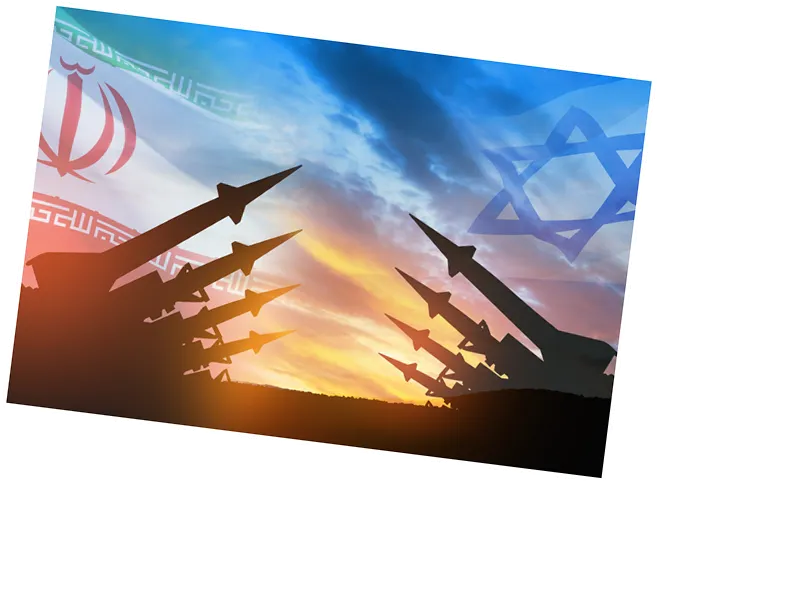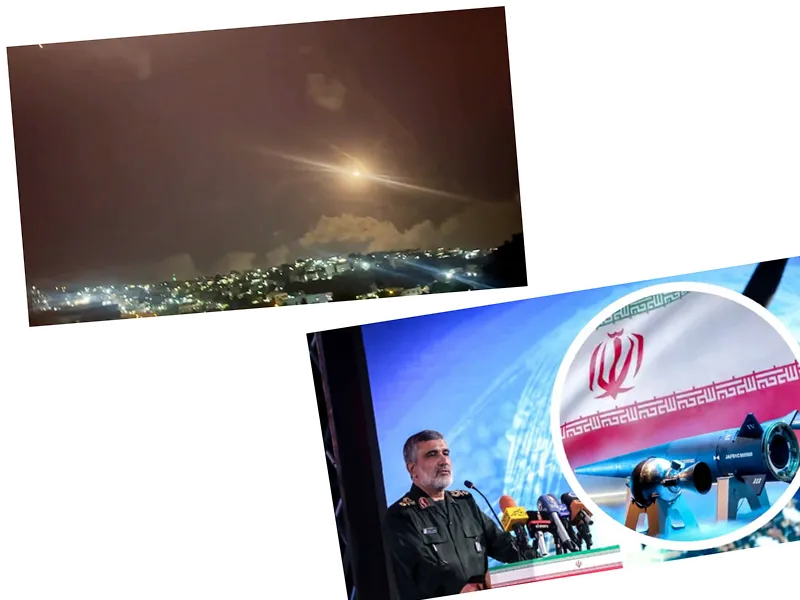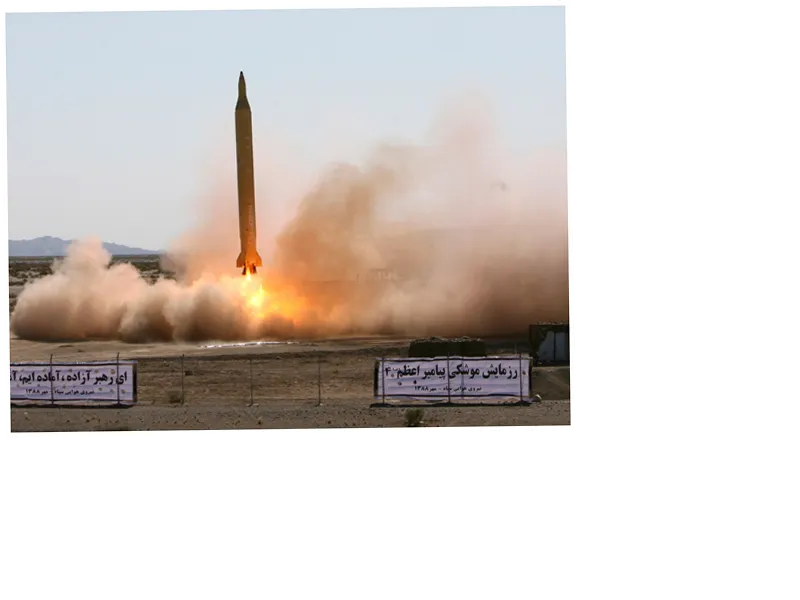Iran's Expanding Missile Arsenal: A Comprehensive Overview
Iran has significantly developed its missile capabilities over the years, establishing itself as a formidable force in the region. With a diverse arsenal that includes short, medium, and long-range missiles, Iran's military advancements can be traced back to the Iran-Iraq War (1980-1988). The war highlighted the need for a robust defensive system as Iranian cities faced bombardment without adequate deterrent weapons.
Historical Context of Missile Development
The Iranian missile program gained momentum during the Iran-Iraq War. Facing Western restrictions and a lack of military equipment, Iran turned to simpler missile designs. Initial developments included the importation of Soviet Scud missiles from Libya and North Korea. Post-war, Iran focused on self-sufficiency, collaborating with countries like North Korea, Russia, and China to enhance its missile technology. This led to the establishment of a scientific community dedicated to missile manufacturing, with Iran continuously seeking expertise from abroad.
Key Missile Types and Capabilities
-
Long-Range Missiles: Iran's long-range missile capabilities include the Imad missile, with a range of approximately 1,700 kilometers, and the Khorramshahr missile, unveiled in 2017, which can reach targets 2,000 kilometers away and carry a warhead of 1.8 tons. The Ashura missile, considered a pinnacle of Iranian defense technology, boasts a range of up to 2,500 kilometers and can carry various warheads.
-
Medium-Range Missiles: The Ghadr missile series, particularly the Ghadr F, represents Iran's advancements in medium-range capabilities, capable of striking targets at distances of up to 2,000 kilometers. The Shahab-3, developed with North Korean technology, serves as a significant threat to regional adversaries, including Israel.
-
Short-Range Missiles: The Fateh family of missiles, known for their precision, includes various models such as the Fateh 110, which has a range of 300 kilometers and a low margin of error, making it a key component of Iran's tactical missile strategy.
Recent Developments and Future Prospects
Iran has recently unveiled its first hypersonic missile, a significant leap in missile technology, capable of traveling at speeds exceeding five times the speed of sound. This advancement underscores Iran's commitment to enhancing its military capabilities and poses new challenges for regional security.
In summary, Iran's missile arsenal is a complex and evolving component of its military strategy, reflecting decades of development and international collaboration. As tensions in the region persist, Iran's missile capabilities will likely remain a focal point of geopolitical concern.





